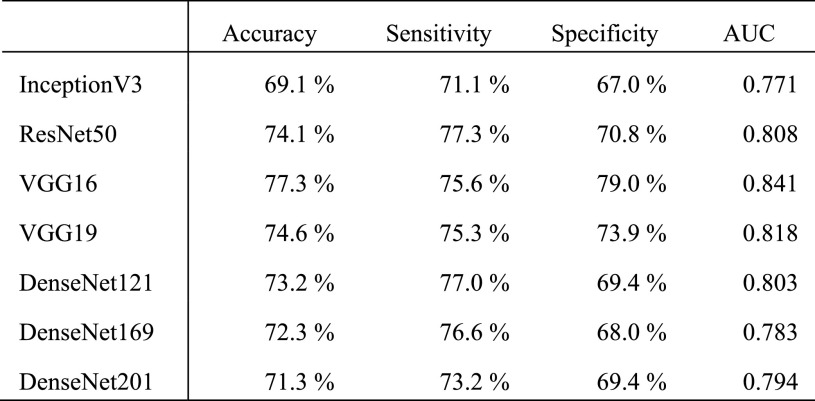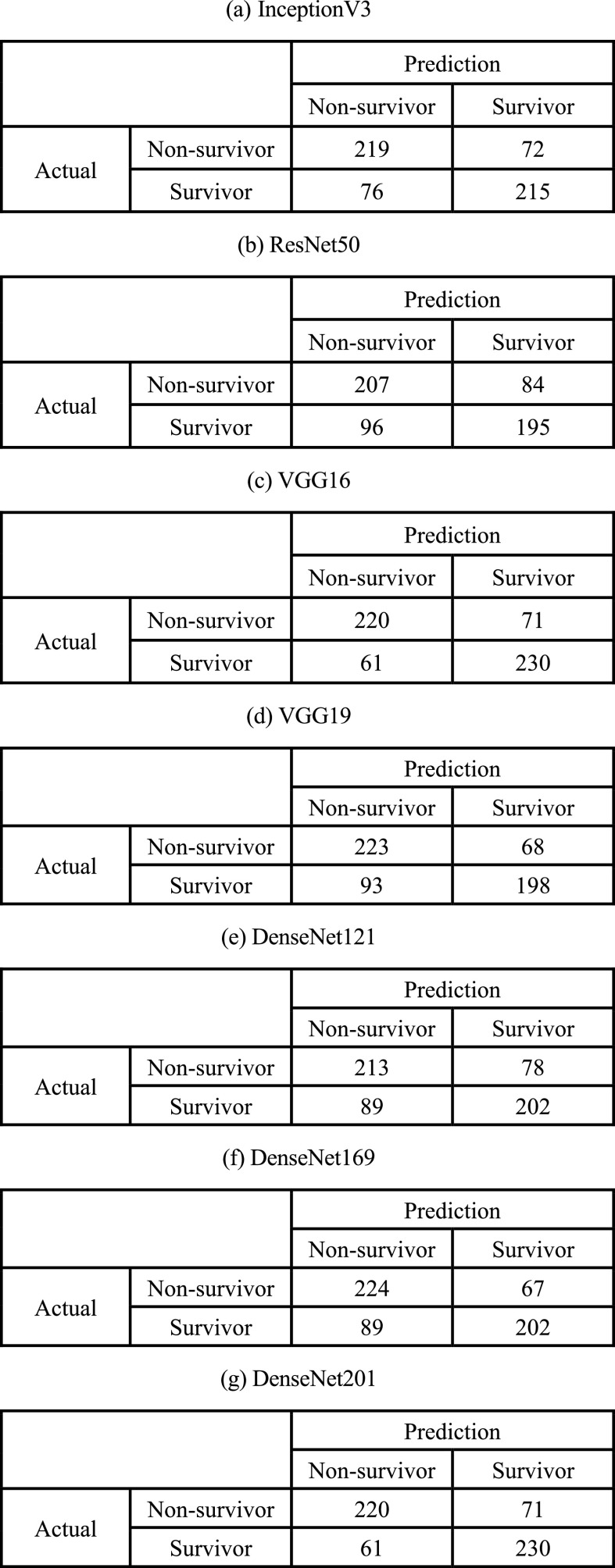Prediction of Short-Term Mortality of Cardiac Care Unit Patients Using Image-Transformed ECG Waveforms
IF 3.7
3区 医学
Q2 ENGINEERING, BIOMEDICAL
IEEE Journal of Translational Engineering in Health and Medicine-Jtehm
Pub Date : 2023-02-28
DOI:10.1109/JTEHM.2023.3250352
引用次数: 0
Abstract
Objective: The early detection of cardiac disease is important because the disease can lead to sudden death and poor prognosis. Electrocardiograms (ECG) are used to screen for cardiac diseases and are useful for the early detection and determination of treatment strategies. However, the ECG waveforms of cardiac care unit (CCU) patients with severe cardiac disease are often complicated by comorbidities and patient conditions, making it difficult to predict the severity of further cardiac disease. Therefore, this study predicts the short-term prognosis of CCU patients to detect further deterioration in CCU patients at an early stage. Methods: The ECG data (II, V3, V5, aVR induction) of CCU patients were converted to image data. The transformed ECG images were used to predict short-term prognosis with a two-dimensional convolutional neural network (CNN). Results: The prediction accuracy was 77.3%. Visualization by GradCAM showed that the CNN tended to focus on the shape and regularity of waveforms, such as heart failure and myocardial infarction. Conclusion: These results suggest that the proposed method may be useful for short-term prognosis prediction using the ECG waveforms of CCU patients. Clinical impact: The proposed method could be used to determine the treatment strategy and choose the intensity of treatment after admission to the CCU.



利用图像变换心电图波形预测心脏监护病房患者的短期死亡率
目的:心脏病的早期发现很重要,因为这种疾病会导致猝死和不良预后。心电图(ECG)用于筛查心脏疾病,并可用于早期检测和确定治疗策略。然而,患有严重心脏病的心脏监护室(CCU)患者的心电图波形往往因合并症和患者状况而复杂,难以预测进一步心脏病的严重程度。因此,本研究预测了CCU患者的短期预后,以在早期发现CCU患者进一步恶化。方法:将CCU患者的心电图数据(II、V3、V5、aVR诱导)转换为图像数据。使用二维卷积神经网络(CNN)将转换后的ECG图像用于预测短期预后。结果:预测准确率为77.3%。GradCAM可视化显示,CNN倾向于关注波形的形状和规律,如心力衰竭和心肌梗死。结论:该方法可用于CCU患者心电图波形的短期预后预测。临床影响:所提出的方法可用于确定CCU入院后的治疗策略和选择治疗强度。
本文章由计算机程序翻译,如有差异,请以英文原文为准。
求助全文
约1分钟内获得全文
求助全文
来源期刊

IEEE Journal of Translational Engineering in Health and Medicine-Jtehm
Engineering-Biomedical Engineering
CiteScore
7.40
自引率
2.90%
发文量
65
审稿时长
27 weeks
期刊介绍:
The IEEE Journal of Translational Engineering in Health and Medicine is an open access product that bridges the engineering and clinical worlds, focusing on detailed descriptions of advanced technical solutions to a clinical need along with clinical results and healthcare relevance. The journal provides a platform for state-of-the-art technology directions in the interdisciplinary field of biomedical engineering, embracing engineering, life sciences and medicine. A unique aspect of the journal is its ability to foster a collaboration between physicians and engineers for presenting broad and compelling real world technological and engineering solutions that can be implemented in the interest of improving quality of patient care and treatment outcomes, thereby reducing costs and improving efficiency. The journal provides an active forum for clinical research and relevant state-of the-art technology for members of all the IEEE societies that have an interest in biomedical engineering as well as reaching out directly to physicians and the medical community through the American Medical Association (AMA) and other clinical societies. The scope of the journal includes, but is not limited, to topics on: Medical devices, healthcare delivery systems, global healthcare initiatives, and ICT based services; Technological relevance to healthcare cost reduction; Technology affecting healthcare management, decision-making, and policy; Advanced technical work that is applied to solving specific clinical needs.
 求助内容:
求助内容: 应助结果提醒方式:
应助结果提醒方式:


